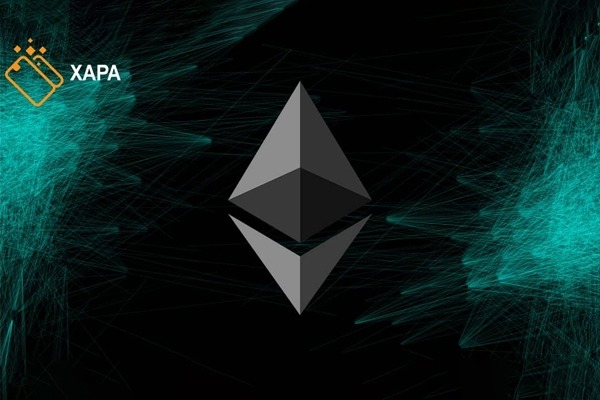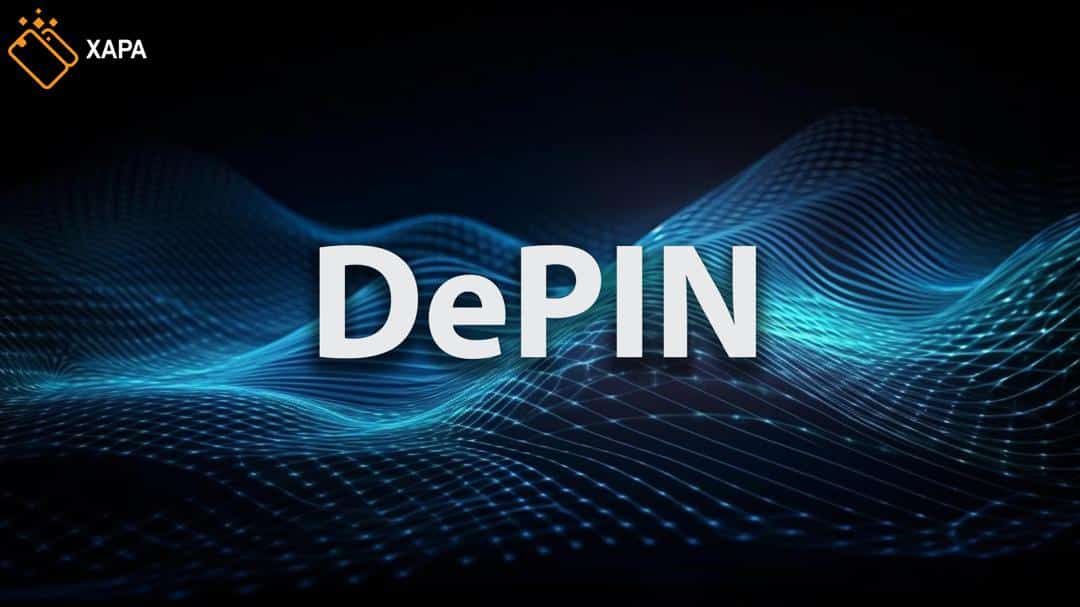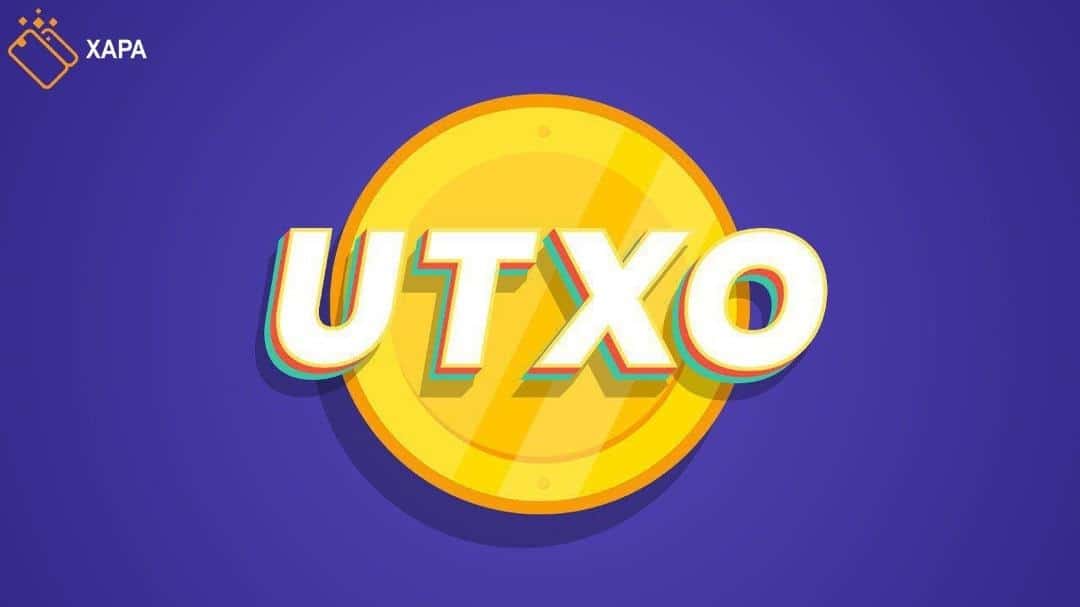
Ethereum 2.0, also known as Eth2 or “Serenity”, is an upgrade to the Ethereum blockchain. The upgrade aims to enhance the speed, efficiency, and scalability of the Ethereum network so that it can process more transactions and ease bottlenecks.
The main purpose of Ethereum 2.0
After a very very long time, Ethereum 2.0 is finally up and running. The major aim of this long-awaited update is to address the network’s scalability and security through a number of changes to its infrastructure most notably, the switch from a proof of work consensus mechanism to a proof of stake model.
The difference between Ethereum 2.0 and ethereum
Ethereum 2.0 differs from Ethereum 1.0 in some cases and while Ethereum 1.0 uses a consensus mechanism known as proof of work or (PoW), Ethereum 2.0 uses a proof of stake or (PoS) mechanism. So With blockchains such as Ethereum, there is a need to validate transactions in a decentralized way. Ethereum, like other cryptocurrencies, currently uses a consensus mechanism, which is referred to as PoW and in this system, miners use computer hardware processing power to solve complex mathematical puzzles and verify new transactions.
Advantages of Pos over PoW
The first miner to solve a puzzle adds a new transaction to the record of all transactions that make up the blockchain. However, this process can be energy-intensive. But in PoS, instead of miners, transaction validators stake crypto for the right to verify a transaction. The main advantage of PoS is that it is far more energy-efficient than PoW, as it decouples energy-intensive computer processing
from the consensus algorithm. It also means that you don’t need a lot of computing power to secure the blockchain. One of the main reasons for the upgrade to Ethereum 2.0 is scalability. With Ethereum 1.0, the network can only support around 30 transactions per second; this causes delays and congestion. Ethereum 2.0 promises up to 100,000 transactions per second and this increase will be achieved through the implementation of shared chains.
Ethereum 2.0 security
Also, Ethereum 2.0 has been devised with security in mind and is all about security. Most proofs of stake networks have a small set of validators, which makes for a more centralized system and decreased network security. Ethereum 2.0 requires a minimum of 16,384 validators, making it much more decentralized—and hence, secure.
For many, the launch of Ethereum 2.0 is exactly what the cryptocurrency needs as more scalability means more usage, which, in turn, means more demand. Which at last definitely does propel the price of Ethereum to new heights.





